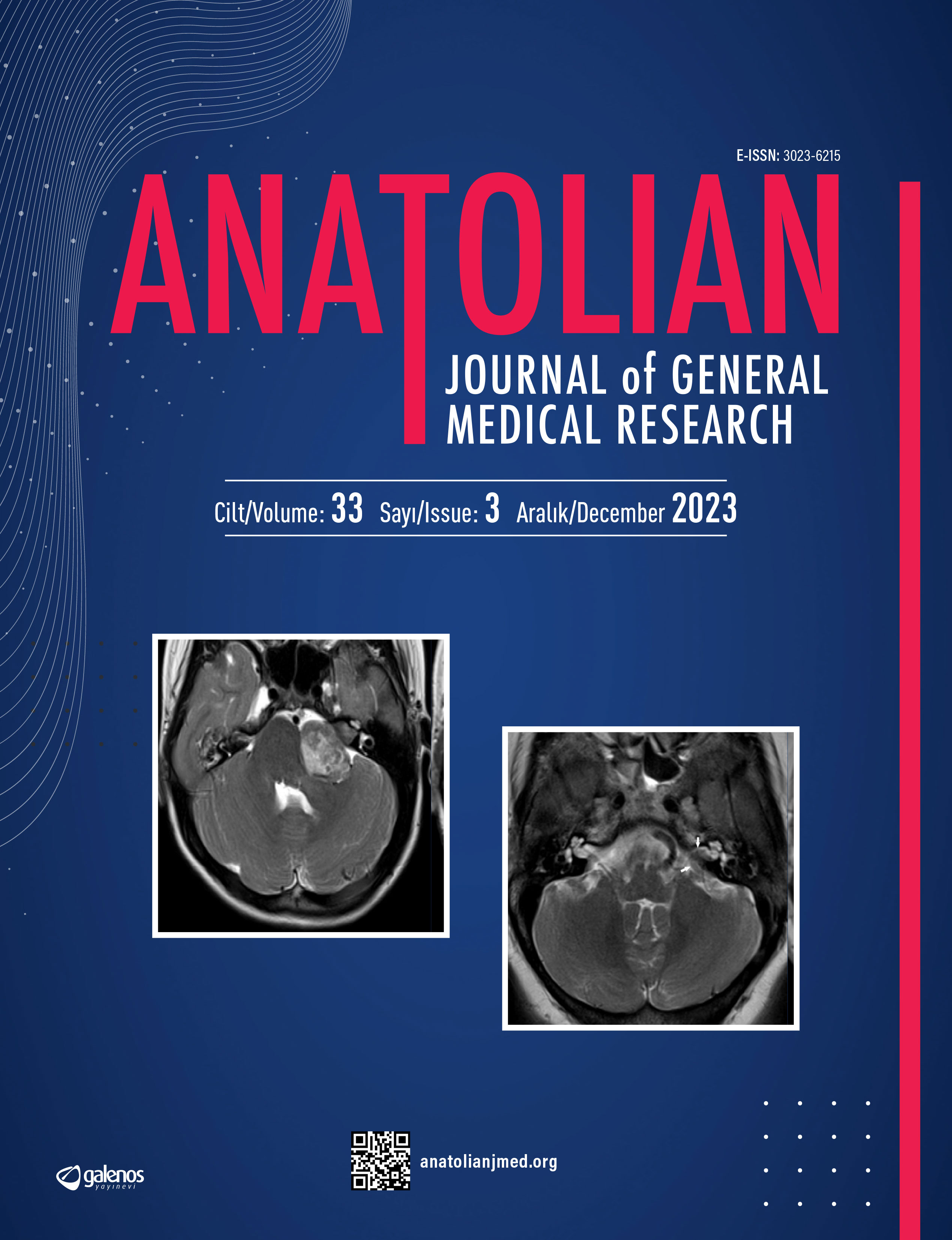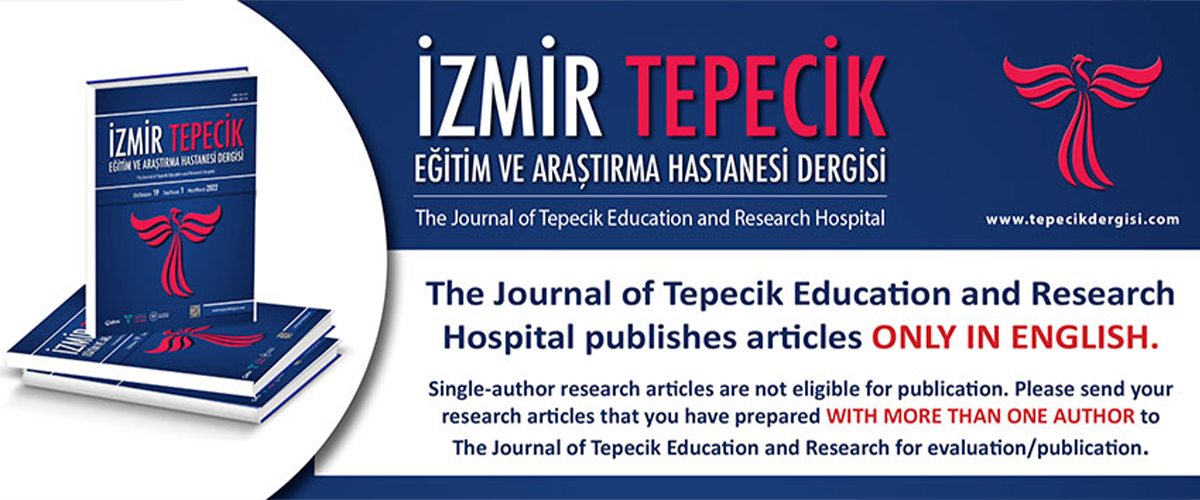








Rational Laboratory Practice in the “Savings and Revenue Enhancement Program” Perspective: Calculated LDL
Ferhat Demirci1, Murat Akşit1, Mehmet Zeynel Keskin21University of Health Sciences Turkey, İzmir Tepecik Education and Research Hospital, Clinic of Medical Biochemistry, İzmir, Turkey2University of Health Sciences Turkey, İzmir Tepecik Education and Research Hospital, Clinic of Urology, İzmir, Turkey
Objective: Rational laboratory practices can provide significant savings in hospital expenses. In recent years, the use of Friedewald formula has been accepted as a cost-effective calculation method in the measurement of lipid parameters of a patient in the risk group screened for hypercholesterolemia. In patients with triglyceride (TG) ≤400 mg/dL, it can be said that measurements using the direct-low density lipoprotein (LDL) kit instead of this formula bring unnecessary testing costs to laboratories.
Methods: In our study, the test orders of registered outpatients between 01.01.2022-31.12.2022 were examined and 112,649 patient results were obtained with measurement of total cholesterol (TC), high density lipoprotein (HDL), TG and direct-LDL or at least one of them. After exclusion of patient results for TC, TG, HDL and direct-LDL tests not ordered together, results with TC >400 mg/dL and results with non-numeric test results, 720 patient results were included in the study. The ratio of the unnecessary test order cost to the SUT package reimbursement fee and the package fee excluding the examination fee was calculated.
Results: Of the 720 patient results included in the study, the highest number of unnecessary direct-LDL orders belonged to the internal medicine outpatient clinic with 261 (36.25%), while the lowest number of orders belonged to the dermatology, pulmonology, hematology and psychiatry outpatient clinics with one order each (0.14%). Since the tender price of the direct-LDL test was fixed at 4.75 TL per unit test, the unnecessary test cost ratio is proportional to the number of orders is 36.25% and 0.14%, respectively.
Conclusion: With this study, it can be said that it is more cost-effective in terms of institutions and national economy to use computational LDL test instead of direct-LDL test ordering when requesting lipid profile in individuals with risk factors and who are met for the first time, and then to request targeted test ordering.
Corresponding Author: Ferhat Demirci, Türkiye
Manuscript Language: English




